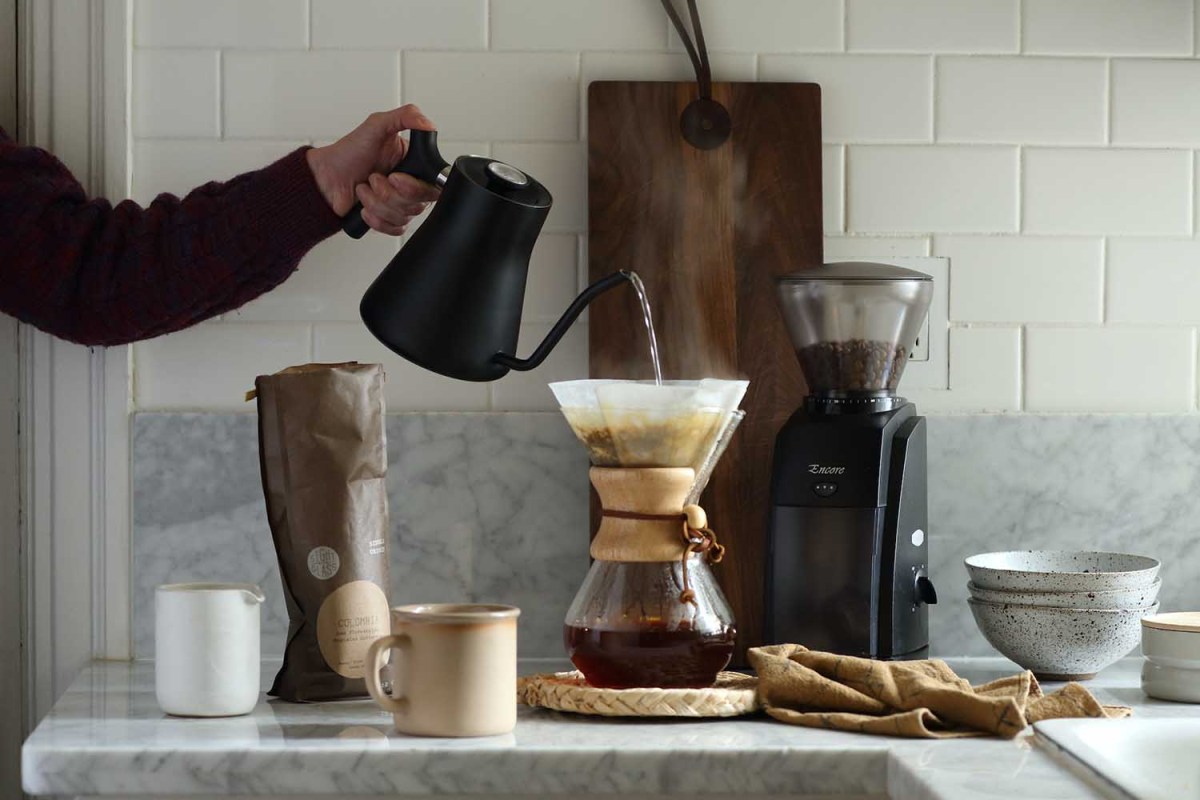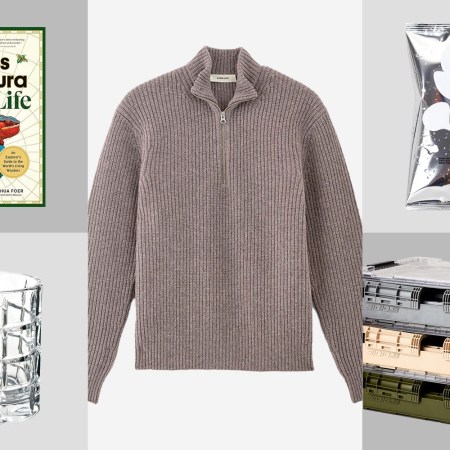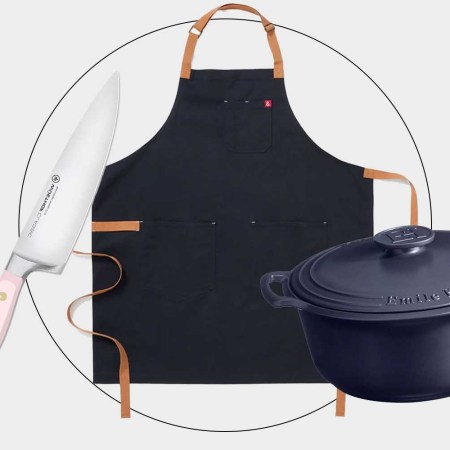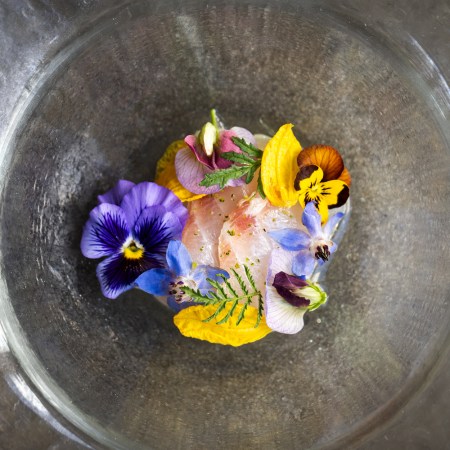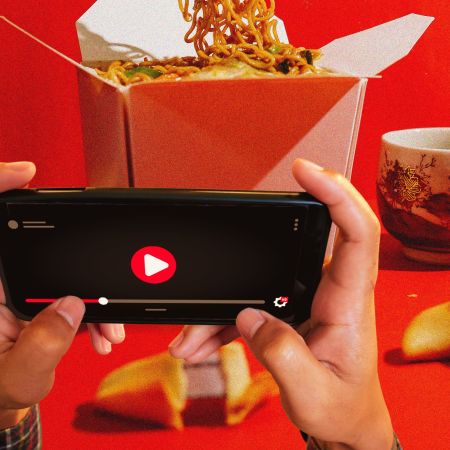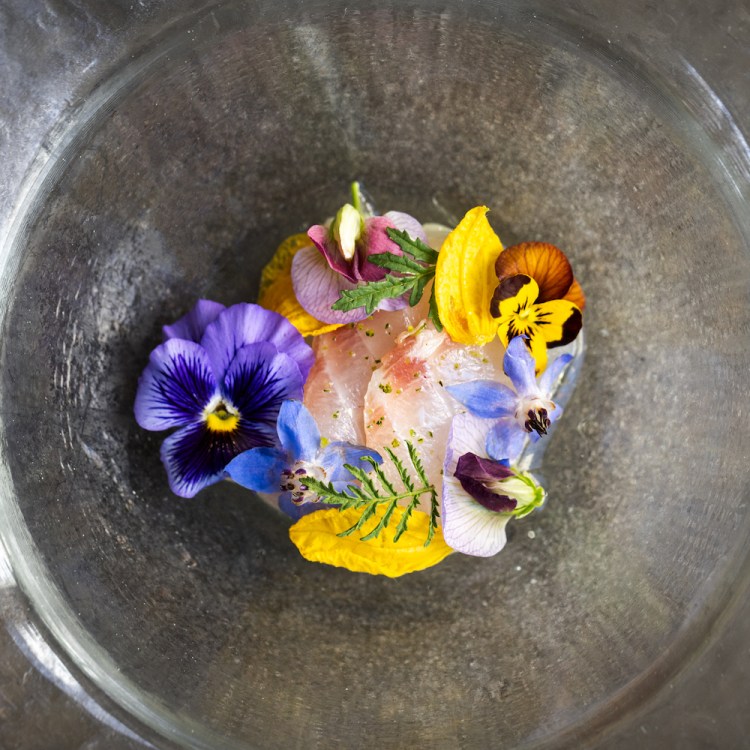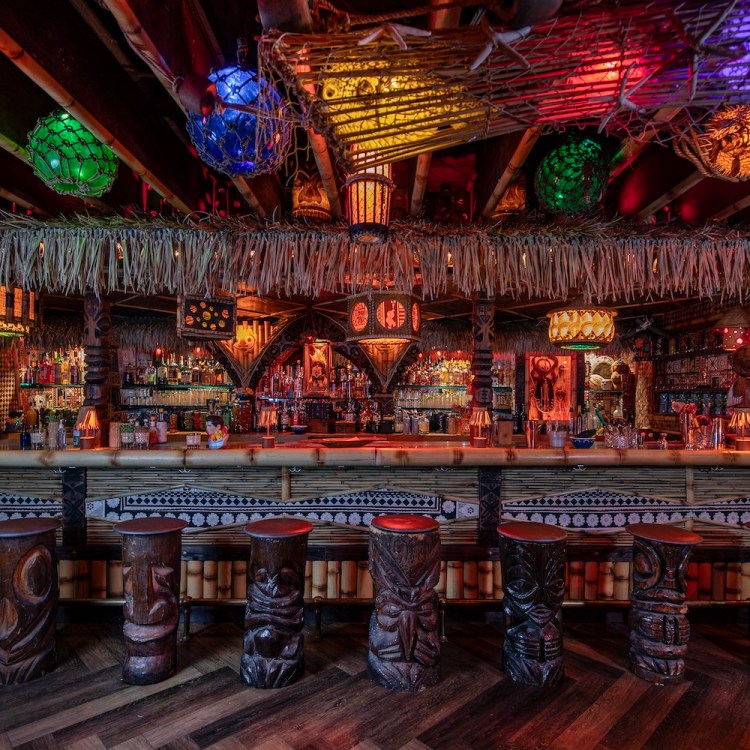Normalcy may be a moving target right now, but your morning cup of coffee — and its curious capacity to simultaneously stimulate and mollify the mind — makes for decent bedrock.
For Justin Morrison, co-founder of Sightglass Coffee, mornings begin by staring into the hourglassed opening of a Chemex, waiting for the water in the kettle to rise to a boil. Taking six minutes to do this pour-over method was a ritual he used to reserve for weekends; now it’s a daily moment to appreciate the little things and focus on something tangible.
“I’ve always been drawn to the Chemex pot,” he says. “It’s very simple: Paper filter, glass vessel. You get a full picture of what the coffee has to offer. You get to smell the dry grounds, you get those first aromatics from that initial bloom. And then you see it all the way through.”
Justin and his brother Jerad started Sightglass in San Francisco in 2009 as a pushcart, and have since amassed a loyal following of coffee aficionados. Their roasts are clean and flavorful, and at their new Hollywood location, they offer a full menu of food that’s currently available for delivery or takeout.
In the wake of the Safer at Home order, they’re about to start delivering farmers market baskets as well as coffee, one of the many ways they’re responding to the challenges of the times. “We understand that people aren’t able to go out and are hesitant to even go to the grocery store, so we’ve been working on putting together a food box that you can order from, by leveraging our relationships with different vendors.”
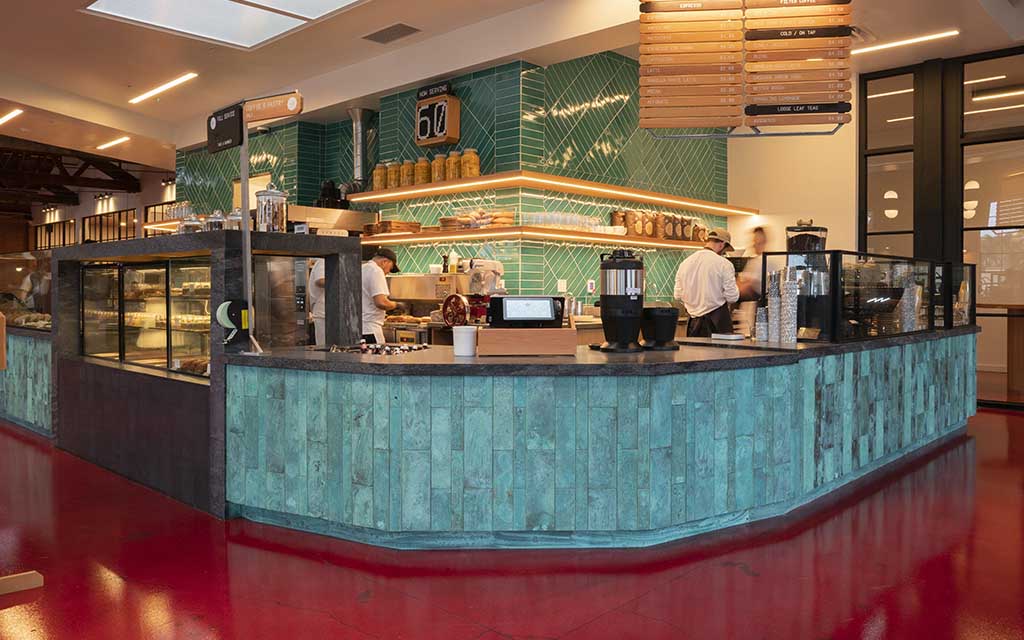
Most of us don’t attend to our coffee like a barista, but should you decide to take on the art of the pour-over, Justin considers the grinder his most important tool. “You can have a beautiful Chemex or a Harro V60 (the Japanese version), but if it’s not properly ground, you’re not going to get much out of it.”
Sightglass carries Baratza, an expensive device that can be adjusted to 40 different grinds. Regardless of grinder, the brewing method dictates the coarseness of the grind. For a French press, the grind should resemble turbinado sugar. From there, the thinner the filter, the finer the grind.
“If you think about pouring water through a bucket of sand versus a bucket of gravel,” says Morrison, “the water’s going to travel faster through the bucket of gravel. And so the coarseness of your grind is going to dictate how much time the water is actually going to have contact with the coffee itself.” There is a weight calculation between water and beans, but a good rule of thumb is two-to-three heaping tablespoons of whole bean per cup.
Coffee is best brewed at 205 degrees; baristas have a thermometer to test that. In its absence, get the water to a boil, take it off the heat, and let it sit there for 15 to 30 seconds before starting. “You need the water hot enough to get a proper extraction,” he says. But that also has to do with the roast. If you have a really dark roasted coffee, you wouldn’t necessarily need the water as hot, because darker roast has been roasted for longer and at hotter temps, and is thus more broken down.
He pours water very slowly into the bed of grounds, saturating it so that it blooms. “You don’t want to flood it out the gate. You’re essentially introducing water to the coffee and getting it prepared to start extracting.”
He lets that first pour sit for about 30 seconds. Then he slowly pours over the grounds again to start the actual brewing of the coffee. “You don’t ever want to just flood it all and let it drip through,” he says. “It’s just a really slow steady pour, kind of a circular motion.”
He trickles the water over the bed of grounds, being careful not to direct it onto the filter, which can create a channel that allows the water to bypass the coffee itself. “So you’re always just doing slow circular motions, kind of towards the center of the brewing vessel or the bed of grounds.”
When the last of the water drips through the filter, Morrison deftly pulls the filter from his Chemex. “I like it black,” he says. “But no judgments on how to take it.” Just drink it slowly, and enjoy.
Join America's Fastest Growing Spirits Newsletter THE SPILL. Unlock all the reviews, recipes and revelry — and get 15% off award-winning La Tierra de Acre Mezcal.
